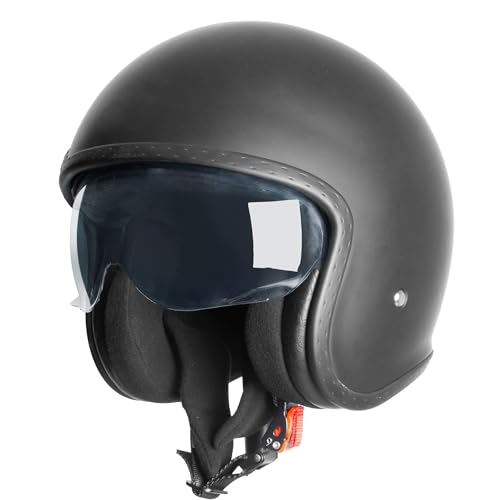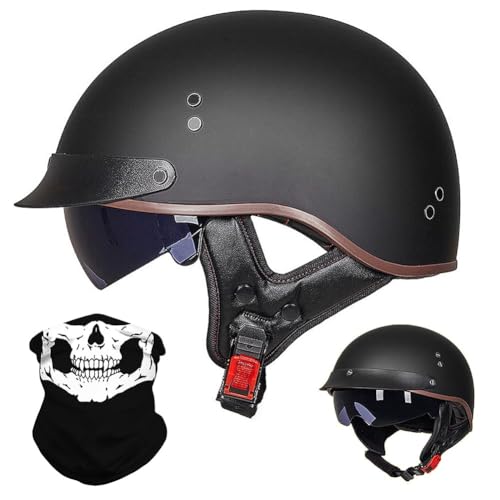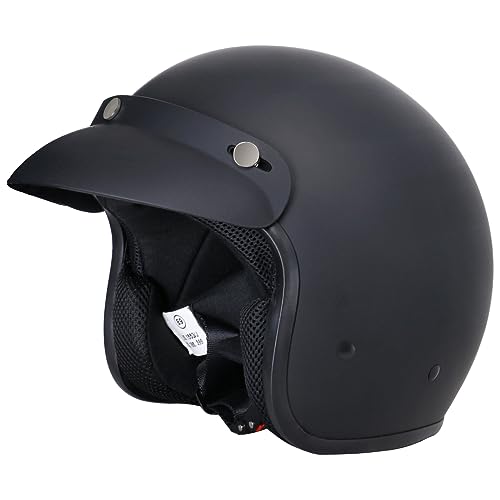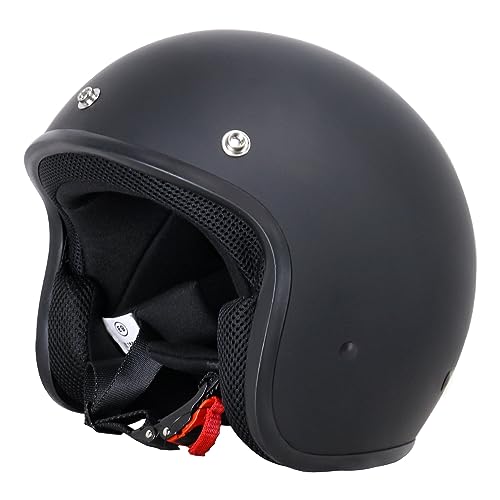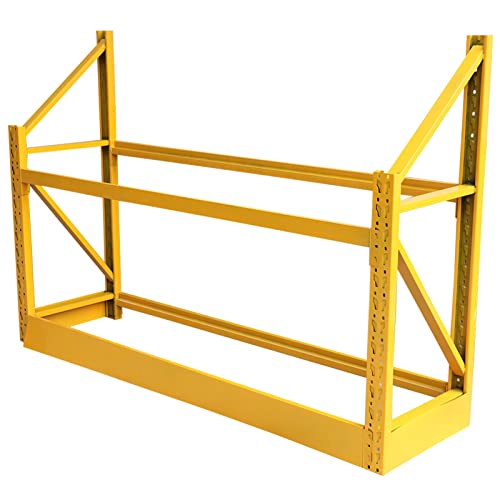Understanding Open-Face Helmets: What They Are and Why They Matter
What Defines an Open-Face Helmet?
Open-face helmets, as the name suggests, do not have a chin bar, providing a wider field of vision compared to full-face helmets. They cover the top, back, and sides of your head but leave the face exposed. This design is particularly popular among riders who desire a greater sense of freedom and connection to the environment while cruising on their motorcycles or scooters.
Why Choose an Open-Face Helmet?
Choosing an open-face helmet often stems from personal preference on comfort and the riding experience. The open design promotes airflow, which can be a refreshing feature during warm weather rides. Additionally, many riders appreciate the ability to communicate easily with fellow riders and enjoy the sounds of the road without obstruction.
Key Features to Look For: Ensuring Comfort and Safety
Safety Standards Matter
When selecting an open-face helmet, we should prioritise safety standards. Look for helmets that meet established safety criteria. While they may offer less coverage than full-face models, a well-designed open-face helmet can still protect your head effectively in most scenarios.
Comfort Features for Enhanced Riding Experience
Comfort is crucial during longer rides. Check for features like padded interior linings, adjustable straps, and ventilation openings. These attributes enhance breathability and cushioning, making every ride enjoyable, regardless of the journey’s length. In addition, removable and washable liners can help maintain hygiene.
Choosing the Right Size: How to Get the Perfect Fit
Measuring for the Right Fit
To find the perfect fit for your open-face helmet, measure the circumference of your head just above the ears and around the forehead. This measurement corresponds to the sizing chart provided by the manufacturer. A well-fitting helmet should feel snug without pinching, allowing for a slight shift when you gently shake your head.
Trying Before You Buy
If possible, we highly recommend trying the helmet on before purchasing. When trying on a helmet, wear it for a few minutes to ensure comfort. It should feel secure but not too tight; your cheeks should not feel overly pressed, verifying a good fit.
Top Recommendations: Our Picks for the Best Open-Face Helmets
Overview of Our Selections
When it comes to open-face helmets, our recommendations focus on designs that combine safety, comfort, and style. Brands that have gained a solid reputation for quality often feature in our top picks.
Style and Functionality Combined
We suggest considering models that offer both aesthetic appeal and practical features such as sun visors and removable liners. Helmets with integrated communication systems can enhance the riding experience, allowing for seamless conversation between riders.
Maintenance Tips: How to Care for Your Helmet to Ensure Longevity
Routine Inspection and Cleaning
Proper maintenance is essential to prolong the life of your open-face helmet. Regularly inspect the exterior for any signs of damage, and clean it using a mild soap solution and a soft cloth. Avoid harsh chemicals that can damage the helmet’s materials.
Storage Recommendations
When not in use, store your helmet in a cool, dry place away from direct sunlight. Avoid keeping it in the trunk of your motorcycle or in places exposed to extreme temperatures. Use a helmet bag to protect it from dust and scratches.










